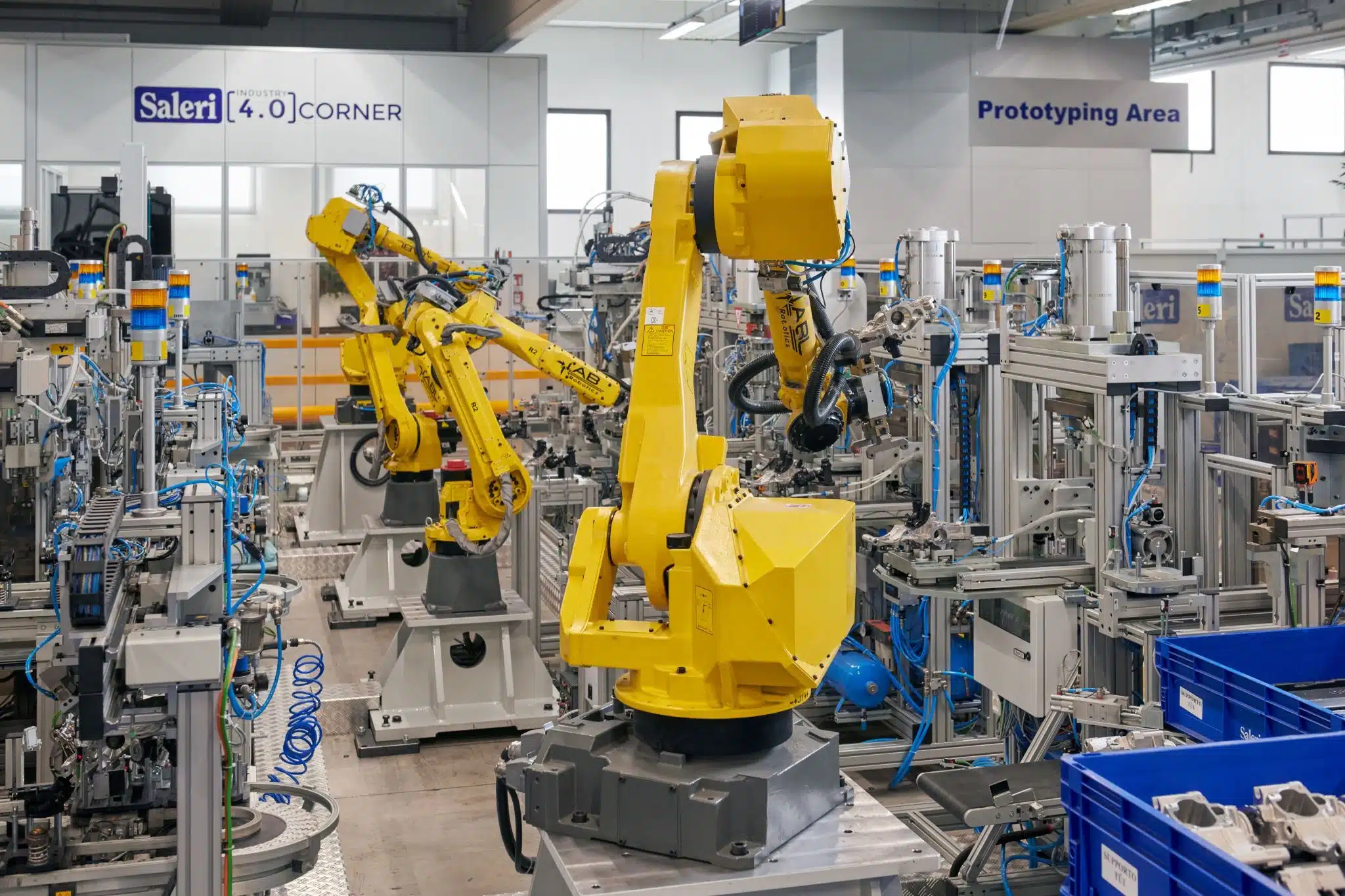Last edit: 15/05/2025

ISO 10218-2 was published in February 2025 and it replaces the 2011 edition.
The standard was greatly modified and expecially widened: the 2011 edition had 80 pages, the 2025 edition has 234 pages.
ISO 10218-1 addresses robots as partly completed machinery, while ISO 10218-2 addresses robots integrated into completed machinery for specific robot applications. The document is a type-C standard according to ISO 12100.
We remind that when provisions of a type-C standard are different from those which are stated in type-A (ISO 12100) or type-B standards (ISO 13855 for example), the provisions of the type-C standard take precedence over the provisions of the other standards for machines, that have been designed and built in accordance with the provisions of the type-C standard.
Hazards associated with robot applications are well recognized, but the sources of the hazards are frequently unique to each robot application. The number and type(s) of hazard(s) are directly related to the nature of the automation process and the complexity of the application. The risks associated with these hazards vary with the robot used, its safety functions, and the integration, installed, programs, use, and maintenance. This document provides requirements for safety in the integration of robots into robot applications and robot cells. The requirements include safeguarding of operators during integration, commissioning, functional testing, programming, operation, maintenance and repair. Requirements for the robot can be found in ISO 10218-1.
The scope of the Standard is therefore to specify the safety requirements for the integration of industrial robots and industrial robot system. The integration includes:
– The design, manufacturing, installation, operation, maintenance and decommissioning of the industrial robot system or cell;
– Necessary information for the design, manufacturing, instllation, operation, maintenance and decomissioning of the industrial robot system or cell.
The ISO 10218-2 describes the basic hazard and hazardous situations identifies with these systems, and provides requirements to eliminate or reduce the risks associated with these hazards.
Last but not least, it is important to emphasize that the term “collaborative robot” has been completely “banned” from this stamdard since misleading because only the application can be developed, verified, and validated as a collaborative application. In addition, the term “collaborative operation” is not used in this document. Hereafter the correct definition:
[ISO 10218-2:2025] 3 Terms, definitions, symbols and abbreviated terms
3.1.1.6 collaborative application. Application (3.1.1.5) that contains one or more collaborative task(s) (3.1.1.7)
Note 1 to entry: Collaborative applications can include non-collaborative tasks.